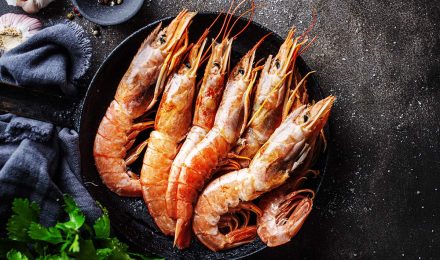
Battering and breading enhances the consumer satisfaction by improving the nutritional value, organoleptic characteristics and appearance of the products. Mostly this includes seven major steps.
- Portioning / forming
A perfectly portioned product is the right starting point. Mechanically deboned fish meat is formed to different shapes and sizes after mixing with ingredients, if needed. The product should keep its consistency with proper weight and shape. - Predusting
Predusting is usually done with very fine raw flour type material or dry batter itself, sprinkled on the surface of food substrate before coating. This helps to reduce the moisture on the surface of the product so that the batter can adhere uniformly. Flavourings such as salt and spices can be added in minimum amounts. - Battering
The predusted portions are applied with wet batter and excess batter can be blown off by a current of air. The batter mix helps in governing the amount of bread to be picked up and it contributes to flavour of the final product. - Breading
Normally the battered fish portions are dropped in to dried bread crumbs and are turned over to ensure complete coating with bread crumbs. A fine layer or coarse layer of bread crumps will contribute to structure and tastiness of the product. - Pre-frying/ flash frying is the process of giving a shallow fry so as to coagulate batter over the product and lock the flavour and juices to the product.
- Freezing The fish portions are air cooled before freezing. This helps the coating temperature to drop while the batter can stabilise itself and recover from the frying shock. Freezing is done at a temperature of -10°C to -20°C in order to preserve freshness and quality of the product over longer storage periods.
- Packaging and storage
Proper packaging and storage is essential to prevent/retard desiccation, discolouration and rancidity in coated products.
Reference – https://krishi.icar.gov.in/jspui/bitstream/123456789/20557/1/Value%20added%20fish%20products.pdf




